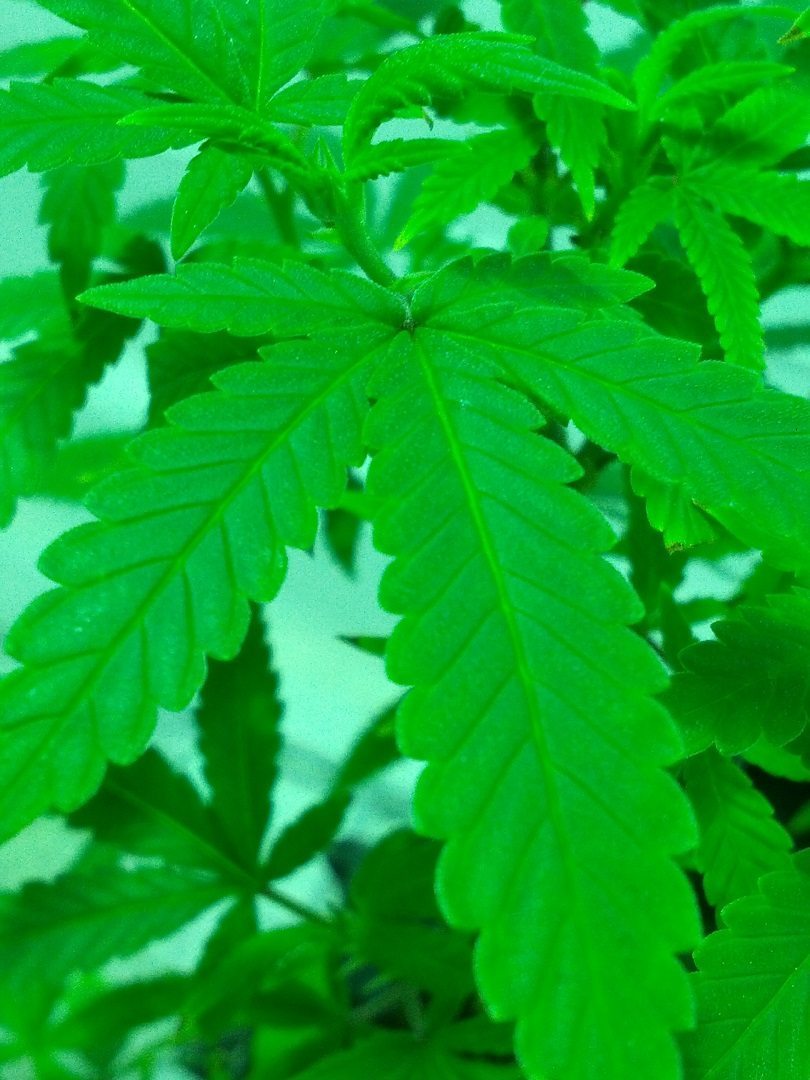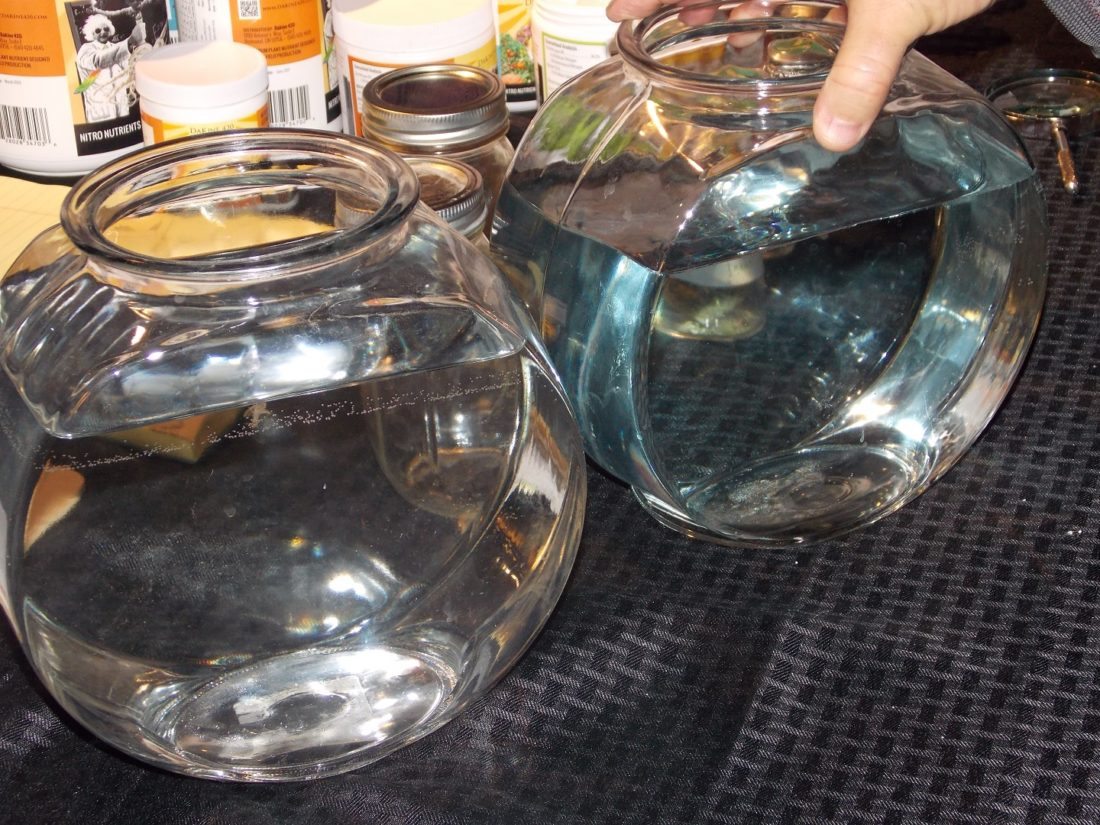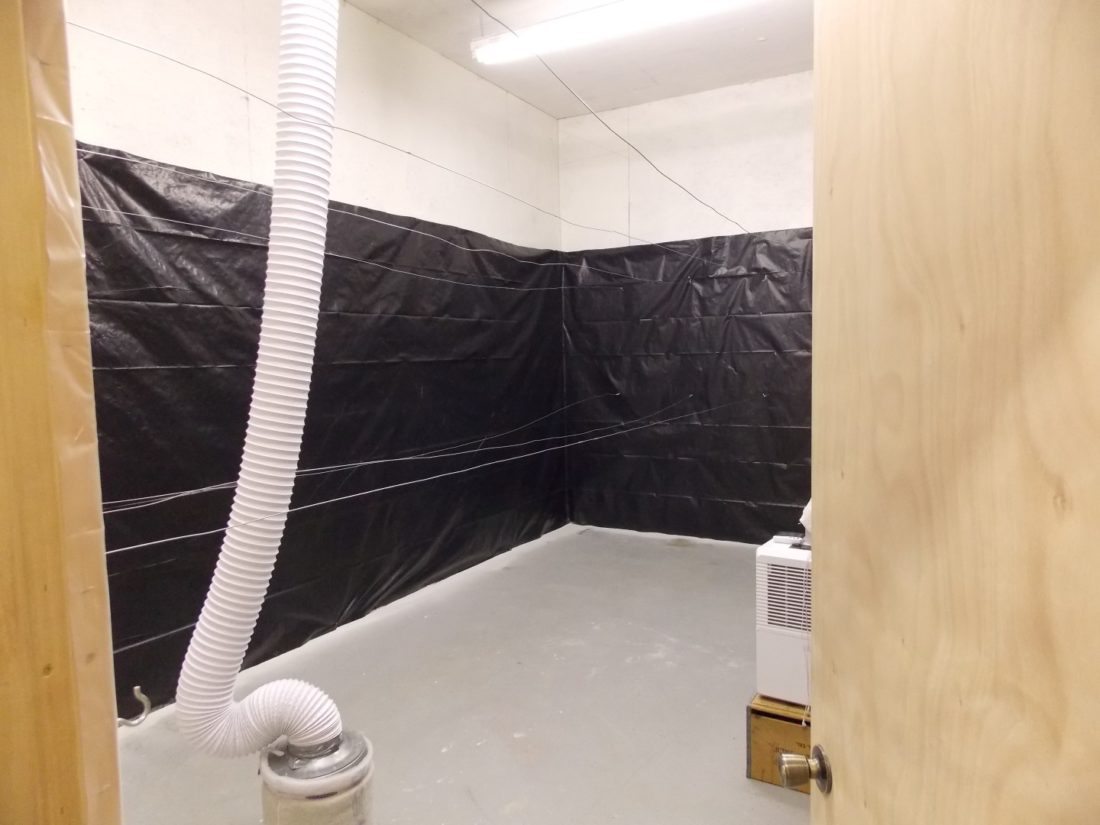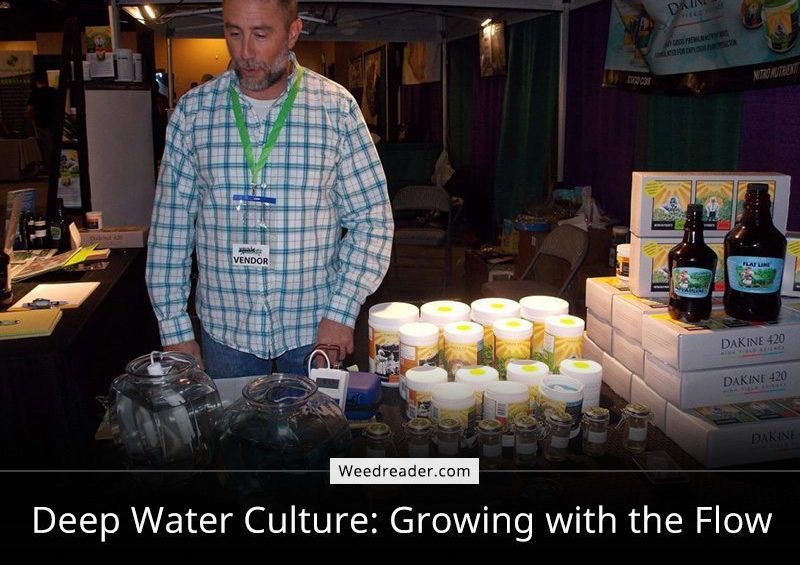Who wants to grow Deep Water Culture cannabis?
From geriatrics treating depression or arthritis to college hippies in a dorm room, people everywhere want to try their hand at growing some dank herb. It can be tempting to grow your own when thinking about the cost of a dispensary or going through “my guy”. The hundreds to thousands of dollars spent on equipment is an investment in never having to pay for weed again. Except for the power… and the nutrients… and the lights…
With so many states voting to advance recreational regulations, there has been an explosion in the recreational farmer population. Many people come upon a seed in their flower while loading a bowl and keep it while others will scour the internet for weeks to find the perfect pairing of genetics. Since seeds remain viable for years under normal circumstances, it can be easy to amass a small collection of genetics.

Once the decision is made to germinate the seed, preparations must be made for the growing process. Growing in soil has been the standard for centuries but advances in technology and scientific understanding of plants has changed the growing landscape. Advances in lighting tech over the last few decades introduced LED lighting while chemists have been playing with different forms and formulations of nutrient substitutes that are like natural and synthetic steroids for cannabis.
What Is Deep Water Culture (DWC)?
Before we get down to the details, let’s get an overview of this style of system. In a DWC system, the roots of a plant are kept in a well-oxygenated solution made up of water and nutrients. A net pot or grow cup is attached to the center of a lid while the roots are allowed to cascade into a nutrient solution in a reservoir below. Air is pumped into the reservoir with an air pump and an air stone.
This setup keeps the water supplied with enough oxygen for the roots to breath. The grow pot or net cup is filled with a grow media such a gravel, clay pellets, lava rock etc. and suspended in the solution. Most DWC systems use timers to pump water automatically by flooding the baskets. This feeds the roots dangling into the buckets below.
One great aspect of any DWC system is that they are easy to customize, meaning they can adapt to almost any size grow space. It allows new growers to start out with smaller gardens with anywhere from one to six-plant sites, while larger format grows can add on an unlimited number of plant sites to their gardens.
There are three critical parts to Deep Water Culture.

Oxygen: Because the roots are in the water and not soil, the water needs to be well oxygenated so the plant doesn’t drown. This is usually done with an air pump and air stone.
Water: This system works as if you’re growing in soil but permanently watering your plants. Pumps, timers and monitors relieve a large amount of the work by automating the lighting, watering, aeration and even some feeding elements of the grow.
Nutrition: Quality soil contains all of the micro and macro nutrients that plants use to survive and thrive. Because DWC doesn’t use soil, supplementing the oxygen-rich water with nutrients allows the plants to grow properly.
Popping a seed forces the cultivator to commit to caring for the plant. For those more inclined to the DIY genre of living, Deep Water Culture (DWC) is ideal. It requires a bit of micromanaging but offers many advantages to traditional growing at an approachable level to novice growers and obnoxiously handy-people alike.
It is called Deep Water Culture for two reasons.

First, it typically uses a deep reservoir that can hold water. More water means more stability in your nutrient solution but systems as small as 5 gallons are doable. Small systems are more difficult to keep balanced as well because of the reduced margin of error buffer zone. Some automation is required to ensure stability in the system while the cultivator sleeps but that just means less monitoring and maintenance!
The second reason is because of how the root mass is continuously submerged in water. Other methods like ebb and flow systems expose the plant’s root zone to air and drench them in water periodically. In DWC, the plant’s root system is mostly submerged around the clock. This makes oxygenating the water a necessity.
Because of how sensitive this style of cultivation is to temperature and nutrient levels, many growers invest in chillers and reverse-osmosis machines to ensure the water remains in optimal condition for the plants. Once again, the automation of water coolers streamlines the process and can be considered mandatory for commercial applications.
It’s not all smelly flowers and happy hippies.

There are some issues with this type of system that can cause headaches down the road. These are mostly avoidable if regular maintenance is performed. Like mentioned earlier, in small systems, pH, water level, and nutrient concentration may fluctuate wildly. This makes the margin for error on these systems extremely small and requires constant monitoring.
An electricity outage or a pump failure can be a disaster. The plants use up the oxygen available in the water quickly when everything is going well. A plant can easily drown if the power is not restored. Even if the power is restored quickly, your roots may still “drown” in the low-oxygen nutrient solution if it timers get reset from the outage.
If a grower is willing to overcome the challenges involved in Deep Water Culture growing, the results are amazing. People report as much as 20% increases in overall yield and only needing half the flowering time that soil provides. Side by side tests by everyone from seed banks to home growers repeatedly show that the extra effort it takes to keep a DWC setup in the green more than makes up for it in the bottom line. Thanks for reading.





